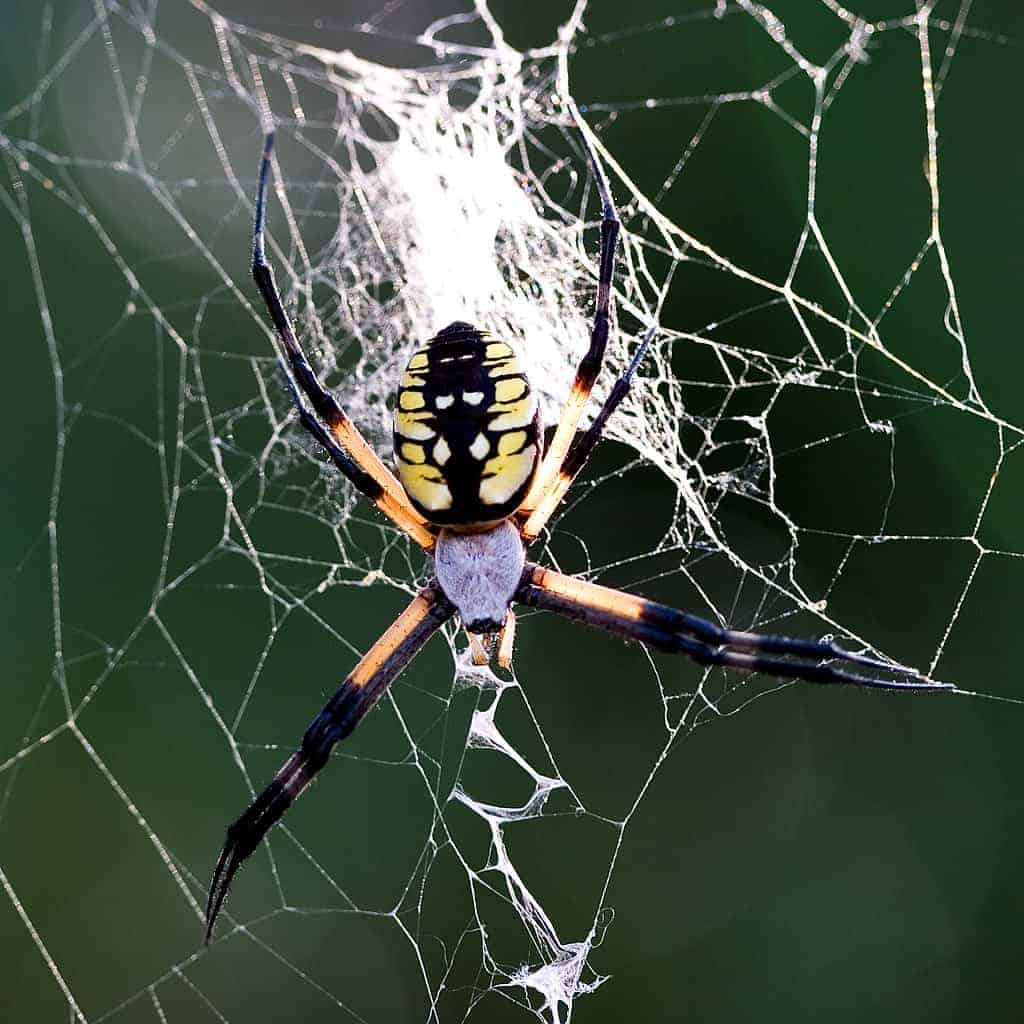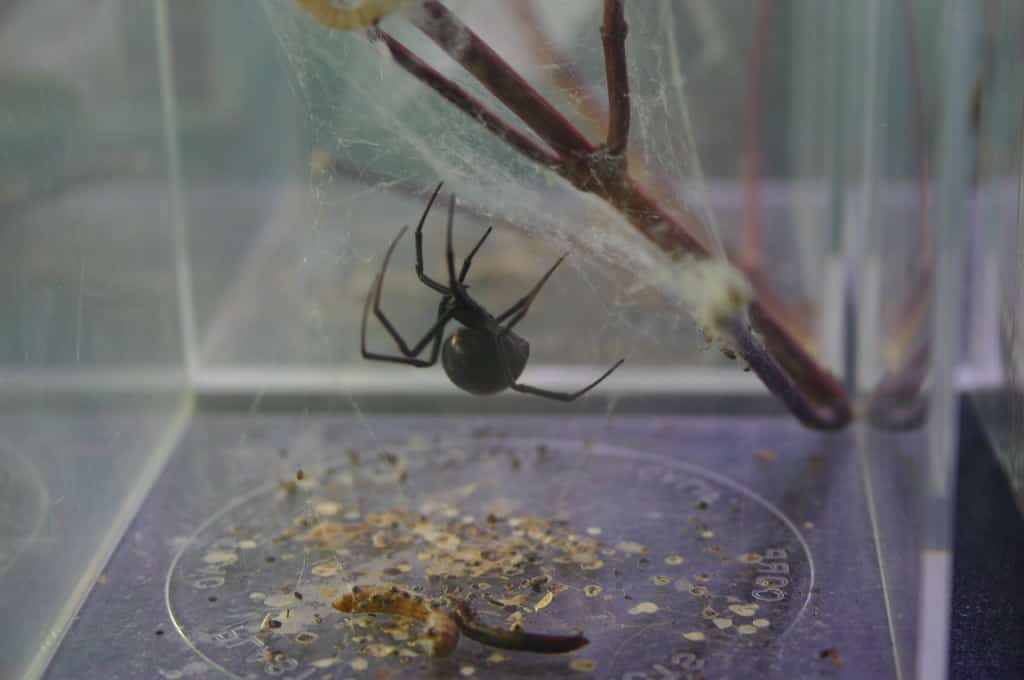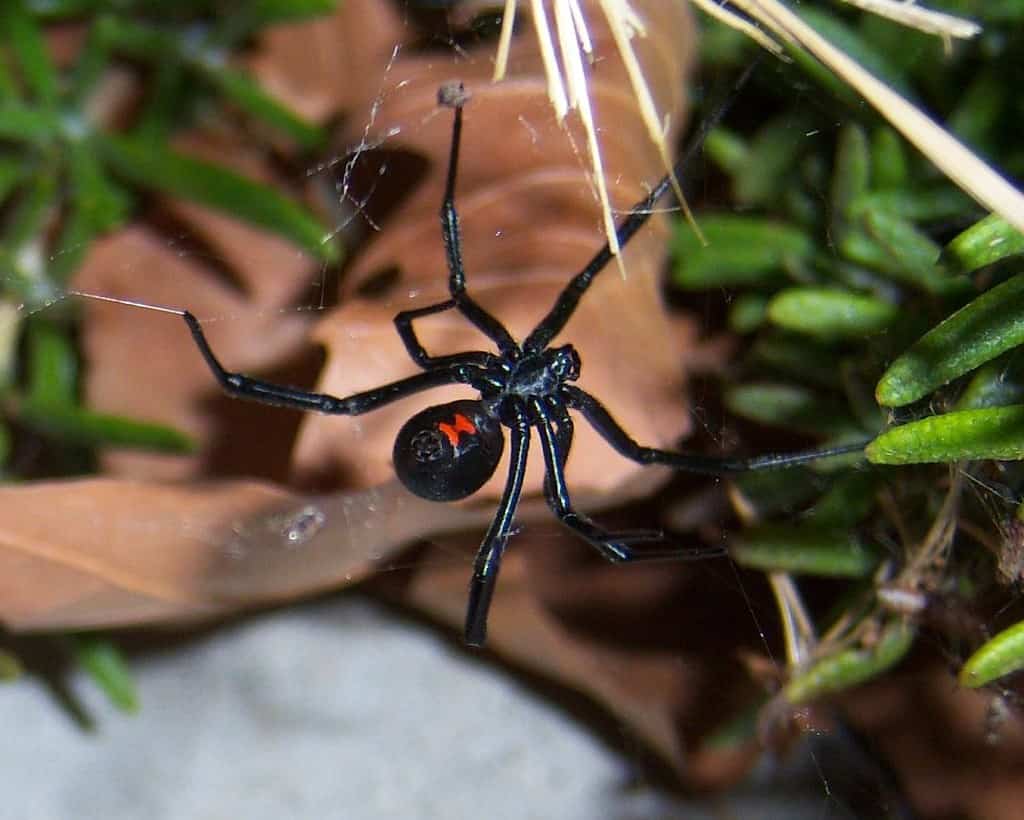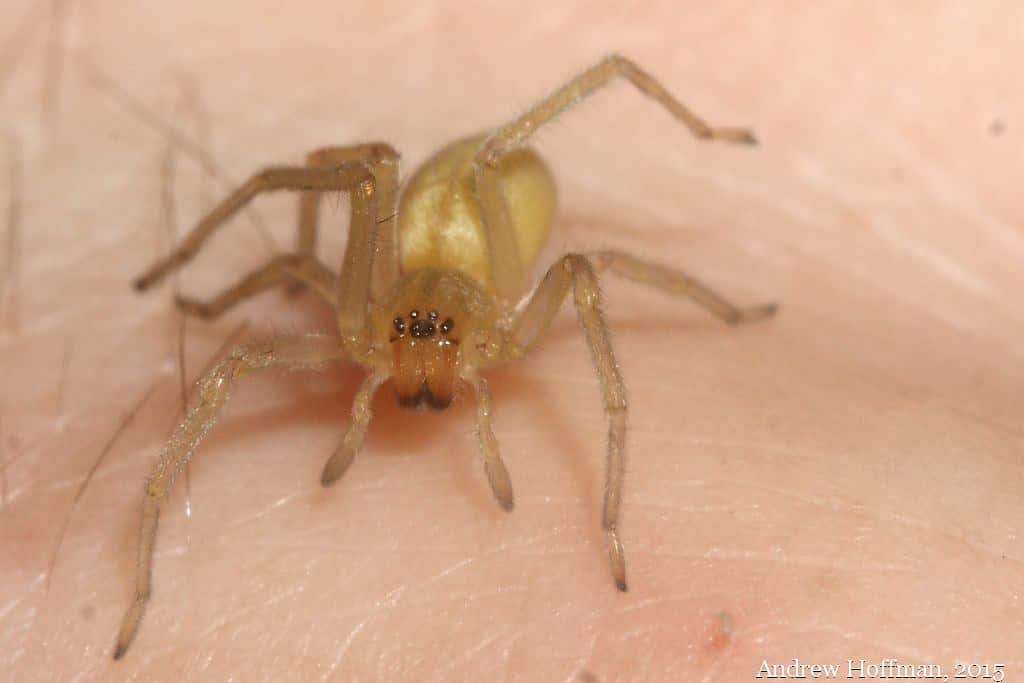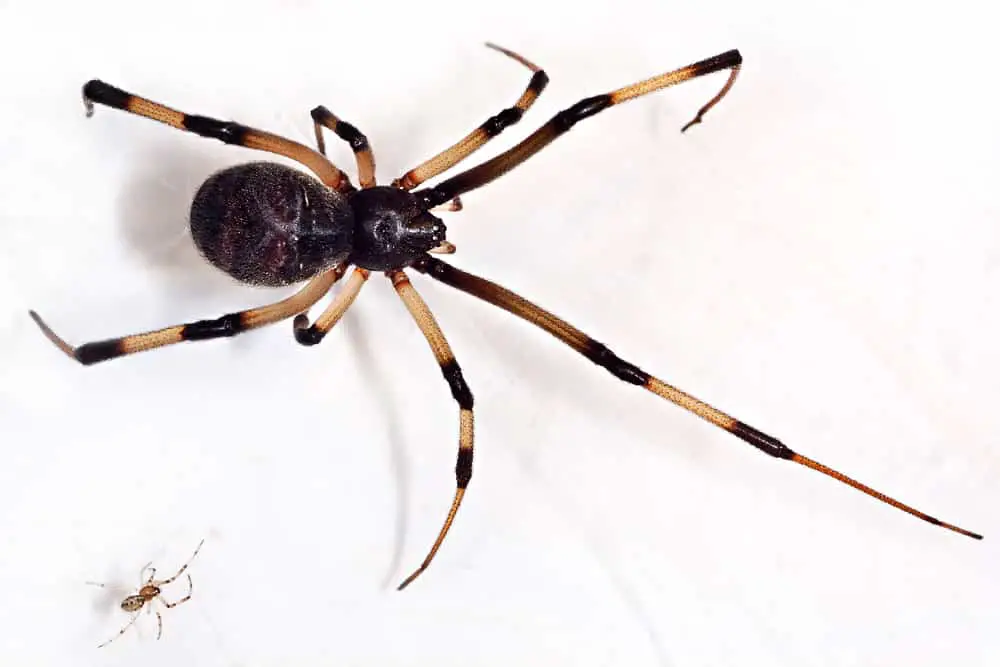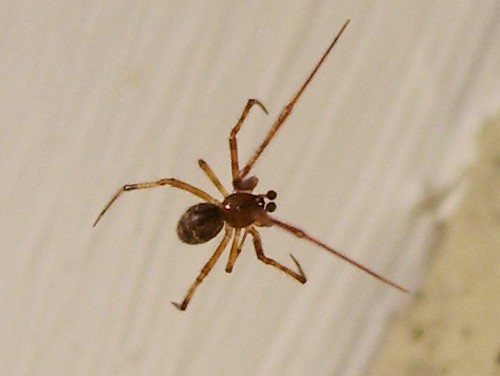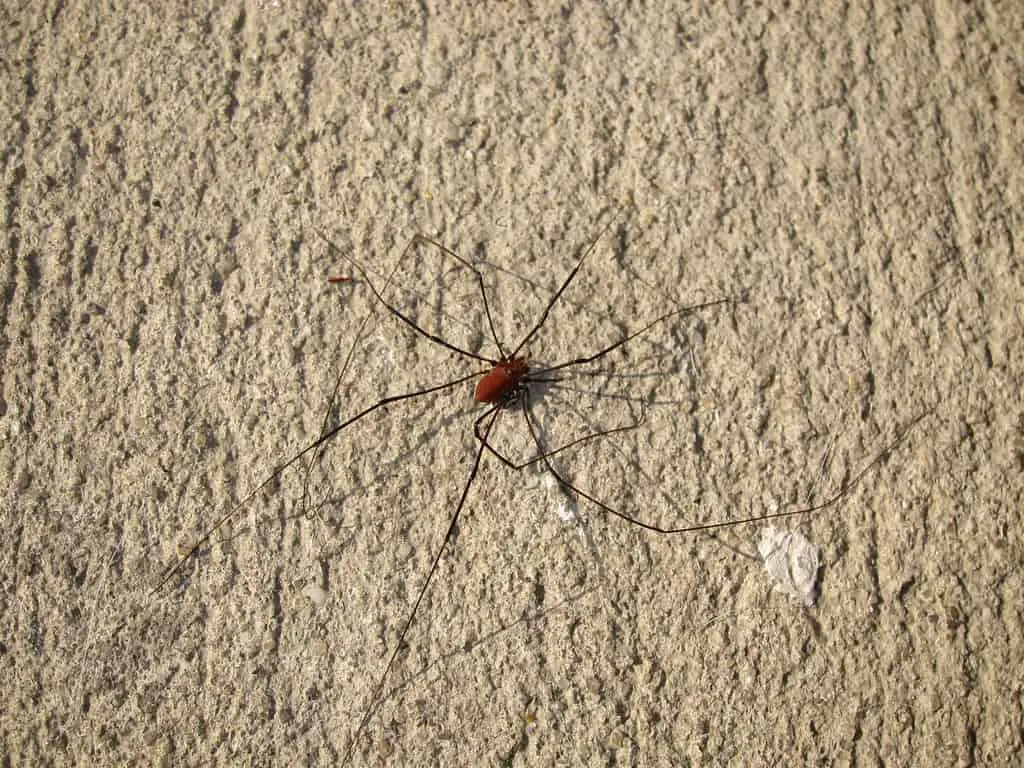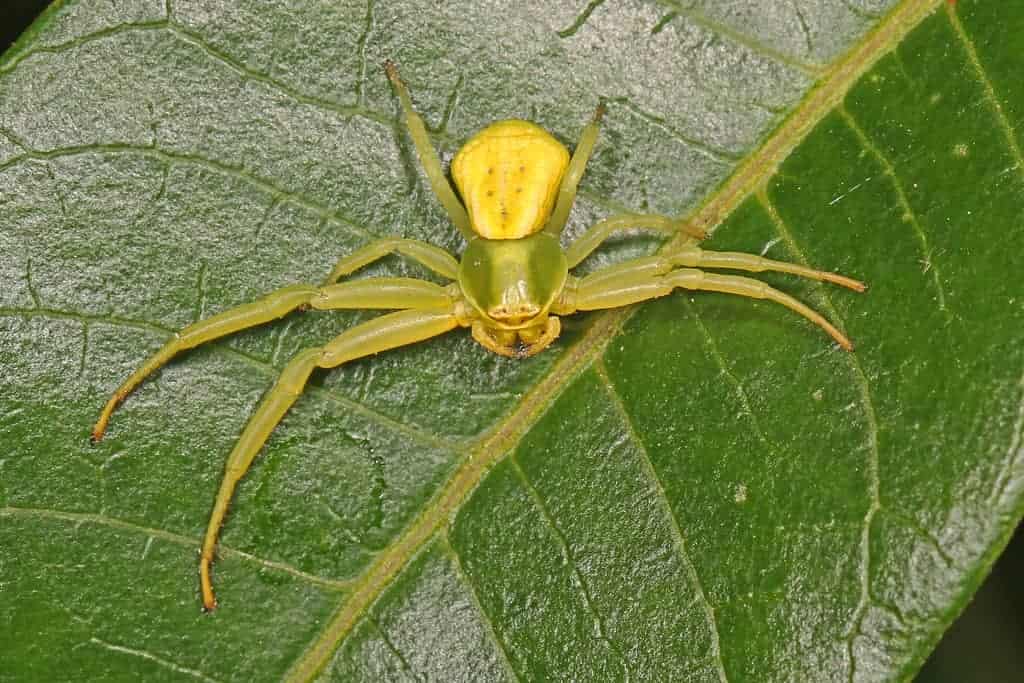I know spiders can be a little scary for some people, but the fact is that only a few California spiders are hazardous. The majority of species are not only harmless but also quite beneficial. Many people aren’t as aware of this as they could be. I’d like to remind everyone that our natural world is full of wonder and fascination, and you don’t have to spend thousands of dollars on an expedition to see it first-hand. It’s right at your feet if you take a moment to notice it.
Venomous spiders
Unlike most other states, California does not have brown recluse spiders. However, the black widow and other venomous spiders can harm humans.
The California Poison Control System received over two thousand calls related to spider bites in 2017. Spiders are generally harmless, but they can be a nuisance. In some cases, they can bite people without warning. This can lead to painful and uncomfortable symptoms.
California’s most common venomous spiders are the black widow and the yellow sac spider. Both are found in the southern part of the state. However, the desert recluse spider, which is also venomous, is only found in the south.
Western Black Widow spider
The black widow is often called the most venomous spider in California and can cause painful bites. The bites will cause itching, swelling, and necrosis of the skin and tissues. It is essential to get medical attention immediately after a bite; if you are experiencing symptoms, it may be a good idea to use antivenom.
The Western Black Widow spider is found throughout the western regions of the United States. These spiders are usually found in dark places and can be easily mistaken for tarantulas. These spiders have retroreflective tissue in their eyes, which produces a glowing effect when the spider flashes light.
The yellow sac spider, which is also venomous, can be confused with the black widow. The spider is yellow and has dark brown fangs. The spider’s body is shaped like a peanut.
These spiders are active at night and will bite when threatened. They are also ground hunters, which means they usually stay away from humans. Depending on the species, the bite can be mildly venomous, or it could be painful.
It is essential to keep your home and yard free of spiders. You can cut down on the food sources in your yard and ensure the area is well-sealed. You can also use a pest control company to help eliminate spiders.
Yellow sac spider
Known to be a nighttime hunter, the Yellow Sac Spider feeds on small insects. These spiders make webs in and around piles of organic debris, such as wood.
The Yellow Sac Spider resides in the genus Cheiracanthium. A pale yellow or lime green spider can grow to about 3/8 inch in length. It can be found in homes, gardens, and basements. The Yellow Sac Spider has eight similar-sized, dark eyes.
The female Yellow Sac Spider lays five egg sacs in her lifetime. Each egg sac contains 30 to 48 eggs. They are usually laid during autumn. A thin coat of spun silk protects these egg sacs.
The adult female Yellow Sac Spider is about 1/4 to 3/8 inch long. The male is more petite and more slender. They also have giant legs. The body is a pale yellow to light grey.
The Yellow Sac Spider bite can be itchy and painful. Some people apply hydrogen peroxide to the bite to reduce swelling. If the bite is excruciating, you may need to seek medical help.
Some people also apply an ice pack. The venom of the Yellow Sac Spider is mildly cytotoxic. Symptoms may appear two to eight hours after the bite. The bite may be swollen and red. Itching and burning may also occur. The bite may also cause ulcerated sores.
The bite can be treated with an ice pack, antibiotic ointment, or a bandage. If the symptoms do not subside within two to four weeks, you should seek medical help.
Common house spiders
Various species of house spiders in California are found harmless to humans. However, a few species are considered medically significant. Some of these are Brown Widow Spider, Western Black Widow Spider, and White Banded Crab Spider. They can be found in many areas of California. However, if they bite, their venom can be harmful to humans. It can sometimes cause muscle aches, breathing problems, and even death.
The Western Black Widow Spider is considered a medically significant spider. It is found in areas with poor house maintenance. It has a large abdomen and a broad black band on either side of its body.
The Western Black Widow Spider has venom. If it bites, it can cause skin irritation or even death. It also can potentially cause a severe allergic reaction in some people. However, in most cases, the venom is not strong enough to cause serious injury.
American House Spider
The American House Spider is one of California’s most common house spiders. It is known for its tangled webs and its preference for attics and basements. It can be found in home dwellings, such as houses and apartments. It is not aggressive, though it may bite if provoked.
The male American House Spider can be 3.8 to 4.7mm in length. The females are smaller. The legs are light brown, with dark rings and patches. The abdomen is oblong, and the silk is strong.
Daddy Longlegs spider
Another common house spider in California is the Daddy Longlegs spider. The male has longer legs than the female. These spiders use their legs for walking and smelling. They also use their legs to catch prey. Daddy Longlegs spiders can eat both solid and liquid prey. They also use their legs for breathing. The female common house spiders may produce up to 17 silken sacs during their lifetime.
White Banded Crab Spider
The White Banded Crab Spider is also a common house spider in California. It is part of the Thomisidae family. It has a small head and a large abdomen. These spiders use vibrations in their web to identify prey. They often create a cobweb during Halloween. Their venom is not toxic to humans.

